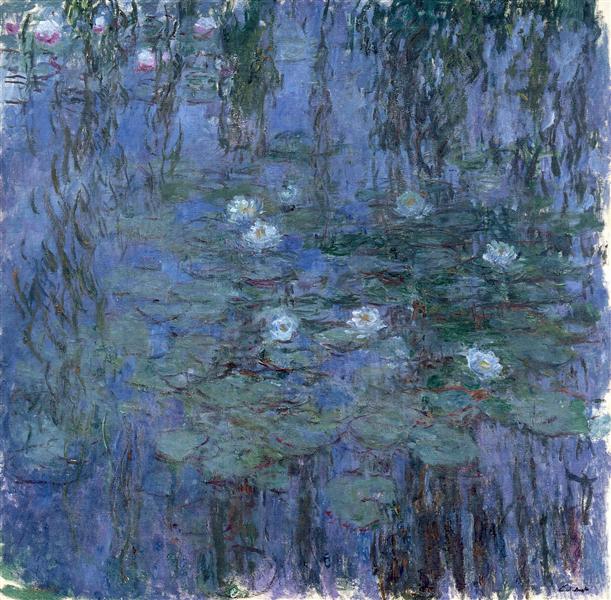Description
On the canvas "Portrait of his daughter, 1921" by Henri Matisse, we find ourselves before an elegant conjunction of tradition displayed with intimate modernity. The work, measuring 51x60 cm, lucidly captures the essence of the portrait through a unique simplification of forms and the masterful use of color, indisputable pillars of the Matisse style.
Matisse, renowned for his ability to use color with boldness and freedom, offers us in this portrait a window into his private world, the one he shared with his daughter. In the painting, the face of Marguerite, his eldest daughter, is the epicenter from which a gentle serenity emanates. The background is reduced to a smooth and relatively neutral space that does not compete with the portrayed subject but rather enhances it. This approach perfectly aligns with Matisse's inclination towards minimalism that foregrounds the emotions of the depicted individual.
The use of color in this work is particularly exemplary. Matisse applies soft and subtle tones—pinks, blues, and browns—that accentuate Marguerite's contemplative expression. The choice of these colors is not fortuitous; it offers a sense of calm and harmony, qualities that Matisse often sought to convey in his compositions. The light seems to caress Marguerite's face, outlined with a firm but delicate stroke, revealing an expert handling of the chiaroscuro technique.
Henri Matisse was characterized in much of his career by his inclination to portray closeness with his family, in a constant search for intimacy and affection that counterbalanced the enormity of his famous colorful and ornate scenes. In "Portrait of his daughter, 1921," this more personal aspect is manifested with utmost clarity. Here we do not find the exuberant and chromatic compositions as in his Fauvist period, but rather a simplicity and purity that speak to us of an intimate bond between the artist and his model.
The figure of Marguerite is a constant in Matisse's work, who portrayed her at various stages of her life. In this instance, Marguerite looks directly at the viewer with an enigmatic expression, both distant and close, a combination that Matisse manages to capture with almost photographic precision while maintaining the pictorial imprint that distinguishes him.
The style of the portrait moves away from the full abstraction that characterized some of his later works, and one can observe a poetic and constant line that encompasses the symmetry of the face and the balanced arrangement of its elements. Marguerite's modern and simple attire does not distract but rather adds to the integrity of the portrait, allowing the main focus to remain on her face.
"Portrait of his daughter, 1921" is, ultimately, a work that will resonate with any attentive observer/spectator to the magic that Matisse was able to infuse into his portraits. It is a piece that summarizes, in its contained format and in the apparent simplicity of its execution, the mastery of an artist who knew how to understand and capture in his works both the complexity of human nature and the beauty in everyday simplicity.











